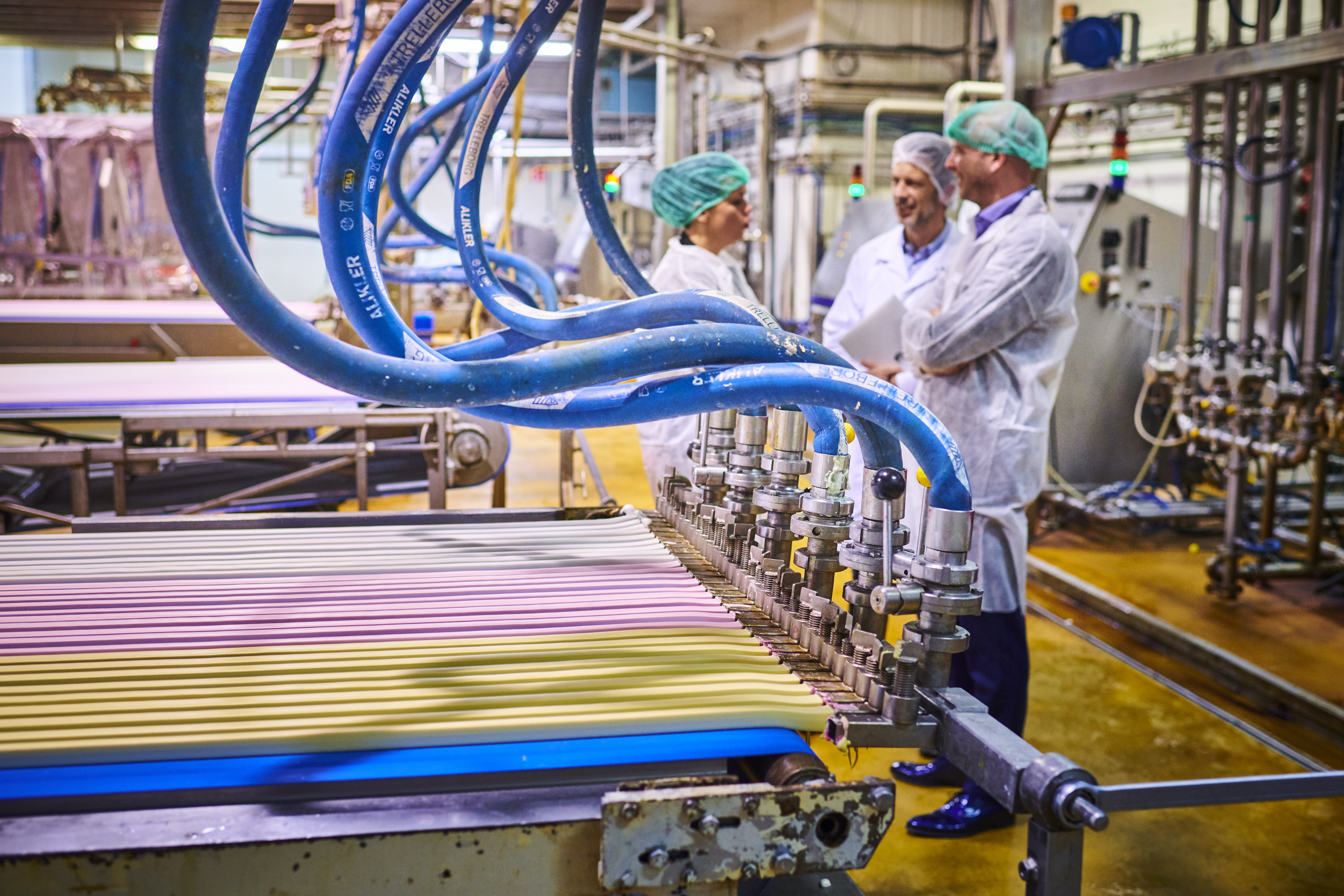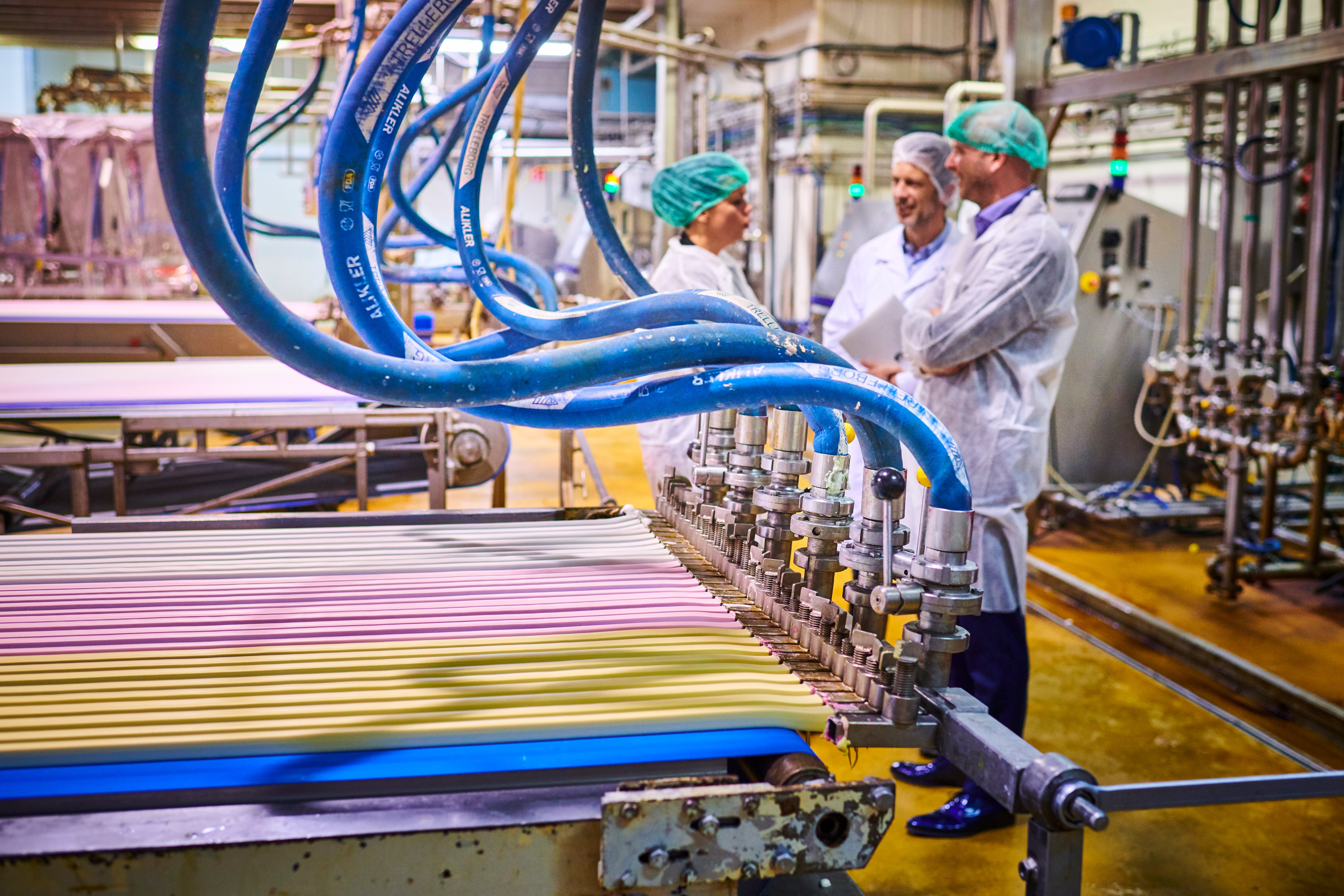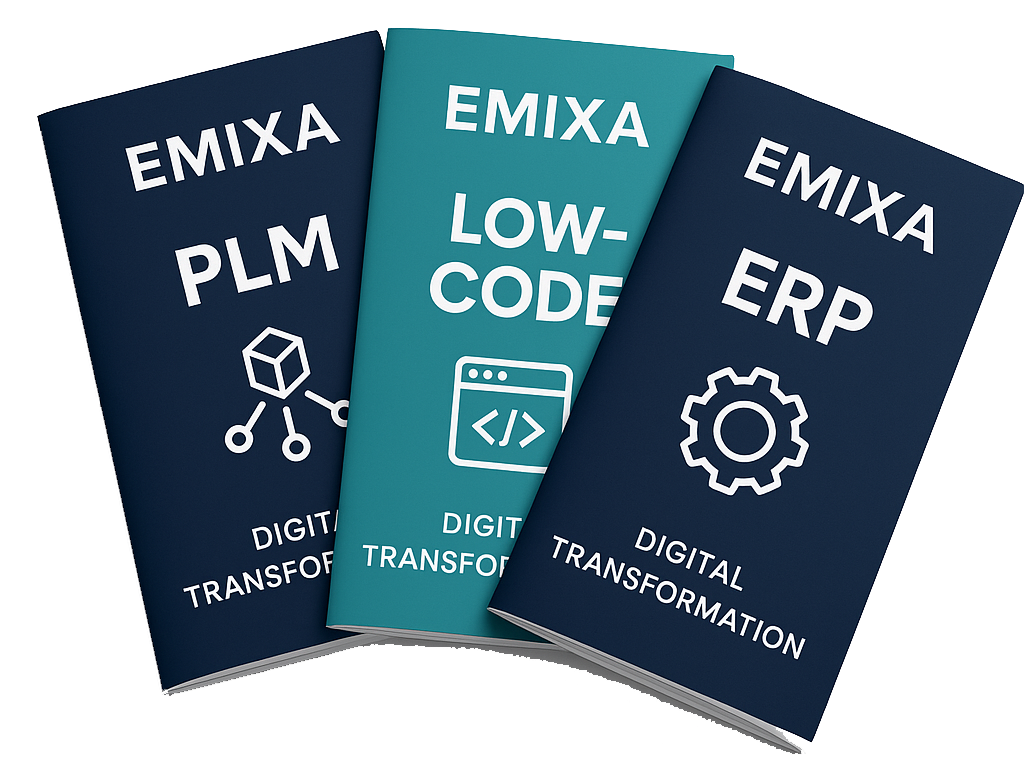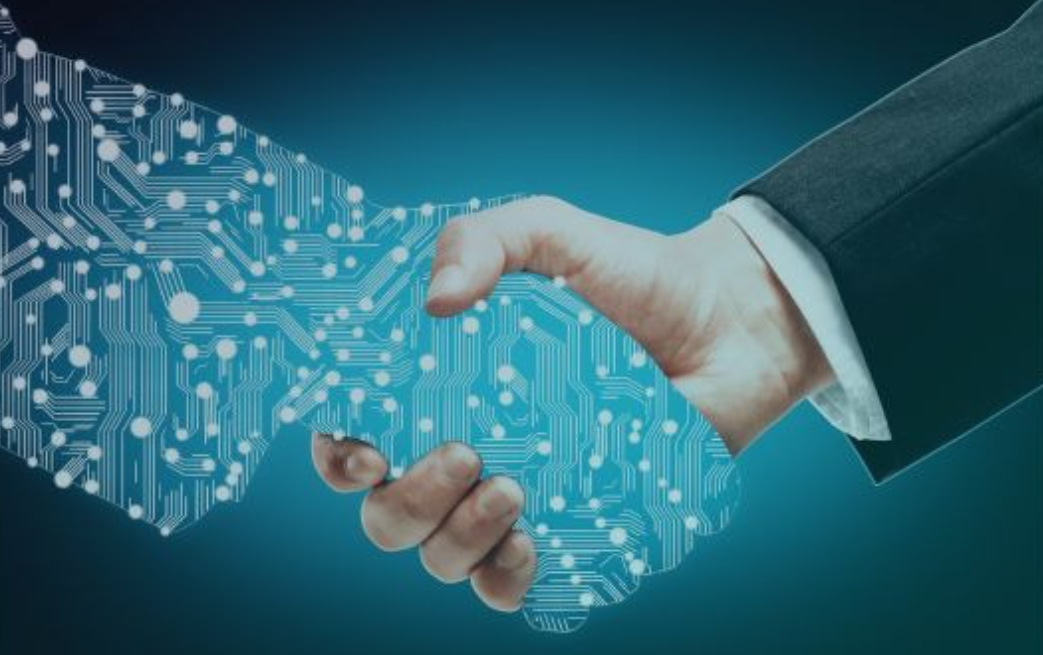
- Smart Manufacturing
- Digital Twin
- Tecnomatix
Digital Twins: The Key to Smarter Manufacturing and Logistics

In today's fast-paced manufacturing and logistics industries, every decision matters. Companies face labour shortages, rising costs, and increasingly complex production processes while striving to optimise resources and maintain a competitive edge. The pressure to innovate is higher than ever.
So, how can businesses ensure continuous production while making smarter, data-driven decisions?
The answer lies in Digital Twins—virtual replicas of real-world operations providing critical insights and driving efficiency.
During our recent TX Webinar on simulation and Digital Twins, we explored how a well-planned Digital Twin implementation helps businesses prevent costly mistakes, optimise resources, and achieve substantial cost savings. The return on investment (ROI) is clear—businesses that leverage Digital Twins make better decisions and stay ahead of the competition.
The Challenge: Growing Complexity in Manufacturing and Logistics
Many companies today face critical operational challenges:
- How can you meet increasing production demands without hiring more staff?
- How can you maximise warehouse space without major expansions?
- Is automation—such as Automated Guided Vehicles (AGVs)—the right investment for your logistics process?
These decisions revolve around two key objectives: boosting efficiency and making smarter investment decisions.
Without the right insights, businesses risk costly missteps, such as purchasing unnecessary equipment, inefficiently utilising space, or implementing automation that fails to deliver ROI.
This is where Digital Twins make all the difference.
What is a Digital Twin, and Why is it Relevant?
A Digital Twin is a real-time, virtual replica of a factory, production line, or warehouse. Unlike static models, Digital Twins allow businesses to simulate, test, and refine processes before implementing real-world changes—minimising risk and maximising returns.
For example:
- A factory looking to scale up production can use a Digital Twin to optimise existing capacity before investing in new machinery.
- A warehouse considering AGVs can simulate different deployment strategies to determine the most efficient solution.
- A business testing new layouts and workflows can refine processes to improve efficiency without significant capital investment.
The ability to experiment virtually before committing to real-world investments is a game-changer.
Case Study: How a Digital Twin Transformed Mr. Mallo's Marshmallow Production
One of the most compelling real-world examples of Digital Twin success we discussed in our previous webinar was Mr. Mallo, Europe's largest marshmallow manufacturer.
The Challenge
Following the closure of one of its production sites, Mr Mallo needed to increase production at another facility by 70%—without overwhelming operations or making premature capital investments.
The Solution
The company built a Digital Twin of its entire production process. This virtual model allowed them to:
- Test different production schedules to optimise efficiency.
- Analyse potential bottlenecks and identify quick wins.
- Determine whether new machinery was essential before making costly investments.
The Results
- Production was optimised without immediately investing in expensive new equipment.
- The purchase of an additional production line was delayed, leading to significant cost savings.
- The Digital Twin is now used weekly for production planning and continuous improvement.

Image of Mr Mallo's Digital Twin Production Factory
By leveraging this technology, Mr. Mallo not only transformed its production process and avoided unnecessary costs but also turned the model into a continuous improvement asset for daily operations.
Mr. Mallo’s success is just one example of how Digital Twins drive efficiency and cost savings. Want to see how another industry leader transformed operations? Read the Oerlikon Eldim case study here.
Why Companies Should Invest in Digital Twins Now
Mr. Mallo's case isn't unique—more and more companies in manufacturing and logistics are using Digital Twins to navigate complex operational challenges.
Where businesses once relied on experience and assumptions, they now use data-driven simulations to predict the impact of investments, operational changes, and automation initiatives precisely.
By implementing tools such as Siemens Tecnomatix Plant Simulation, companies can:
- Increase efficiency by identifying process bottlenecks.
- Make more innovative investments with data-backed insights.
- Enhance decision-making by predicting future outcomes.
Whether you're a manufacturer looking to expand capacity or a logistics provider aiming to optimise warehouse space, a Digital Twin provides the visibility needed to make the right choices.
Digital Twins are revolutionising the way factories operate. Learn how businesses are shifting from static blueprints to dynamic digital factories in our blog: Transforming from Static Blueprints to a Dynamic Digital Factory.
Take the Next Step
Did you miss our TX Webinar on simulation and Digital Twins? Want to see how this technology can transform your operations?
Contact us today for a consultation or live demo—and discover how Digital Twins can drive efficiency, cost savings, and smarter decision-making in your business.
Author: Esmée van den Berg
Published date: August 26, 2025

Explore our Technology. Access our downloads center.
Access NowStart your Digital Transformation with Emixa

We help businesses transform their digital future with cutting-edge technology and strategic products & services


